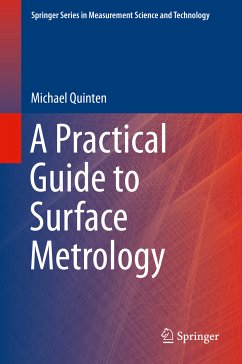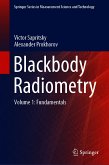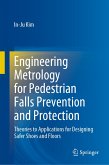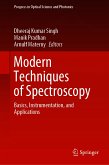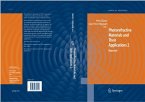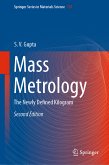Most methods in surface metrology are based upon the interaction of light or electromagnetic radiation (UV, NIR, IR), and different optical effects are utilized to get a certain optical response from the surface; some of them record only the intensity reflected or scattered by the surface, others use interference of EM waves to obtain a characteristic response from the surface. The book covers techniques ranging from microscopy (including confocal, SNOM and digital holographic microscopy) through interferometry (including white light, multi-wavelength, grazing incidence and shearing) to spectral reflectometry and ellipsometry. The non-optical methods comprise tactile methods (stylus tip, AFM) as well as capacitive and inductive methods (capacitive sensors, eddy current sensors).
The book provides:
- Overview of the working principles
- Description of advantages and disadvantages
- Currently achievable numbers for resolutions, repeatability, and reproducibility
- Examples of real-world applications
A final chapter discusses examples where the combination of different surface metrology techniques in a multi-sensor system can reasonably contribute to a better understanding of surface properties as well as a faster characterization of surfaces in industrial applications. The book is aimed at scientists and engineers who use such methods for the measurement and characterization of surfaces across a wide range of fields and industries, including electronics, energy, automotive and medical engineering.
Dieser Download kann aus rechtlichen Gründen nur mit Rechnungsadresse in A, B, BG, CY, CZ, D, DK, EW, E, FIN, F, GR, HR, H, IRL, I, LT, L, LR, M, NL, PL, P, R, S, SLO, SK ausgeliefert werden.

